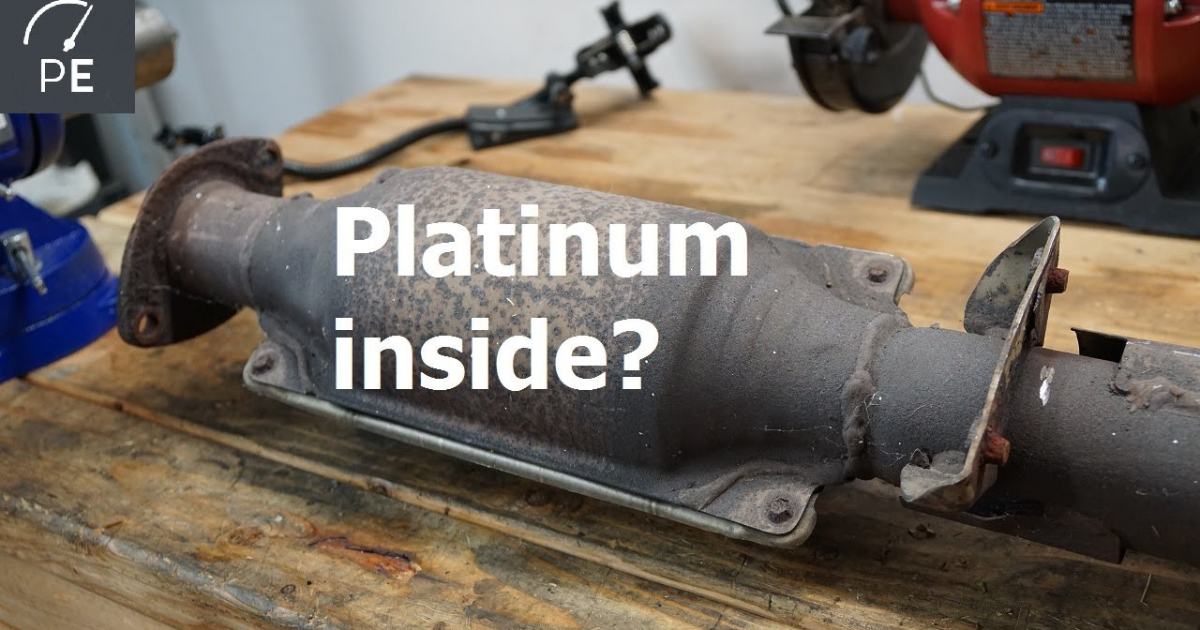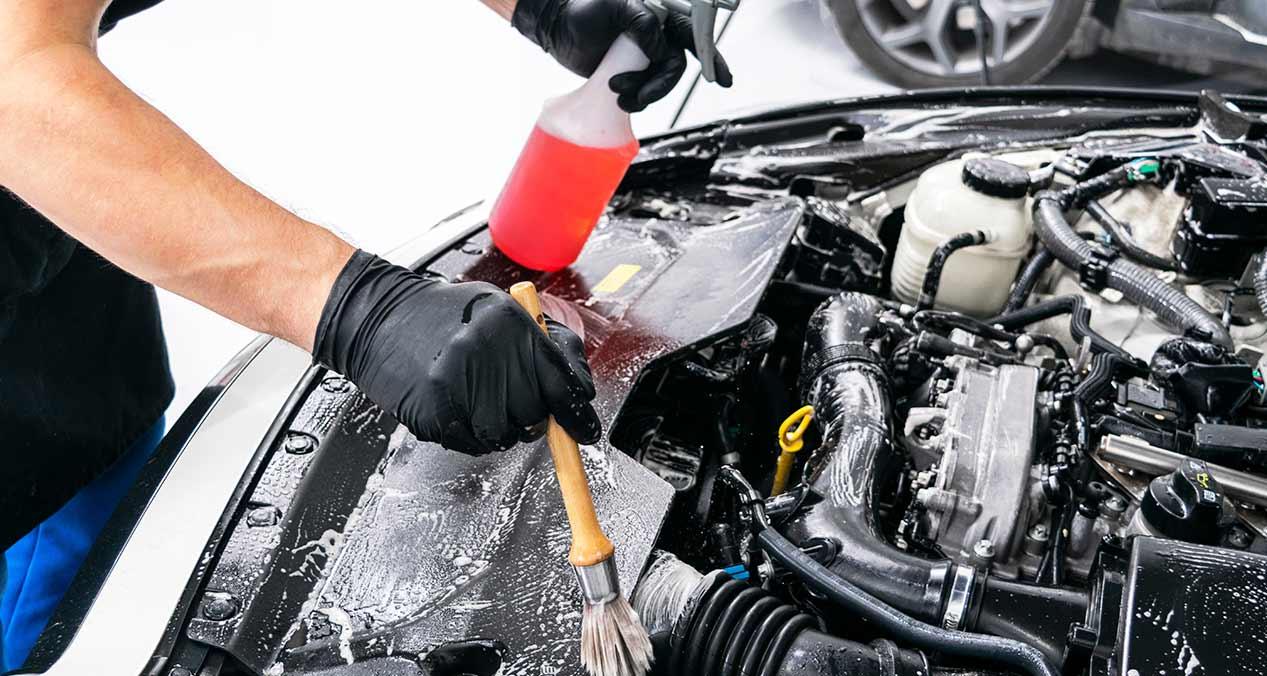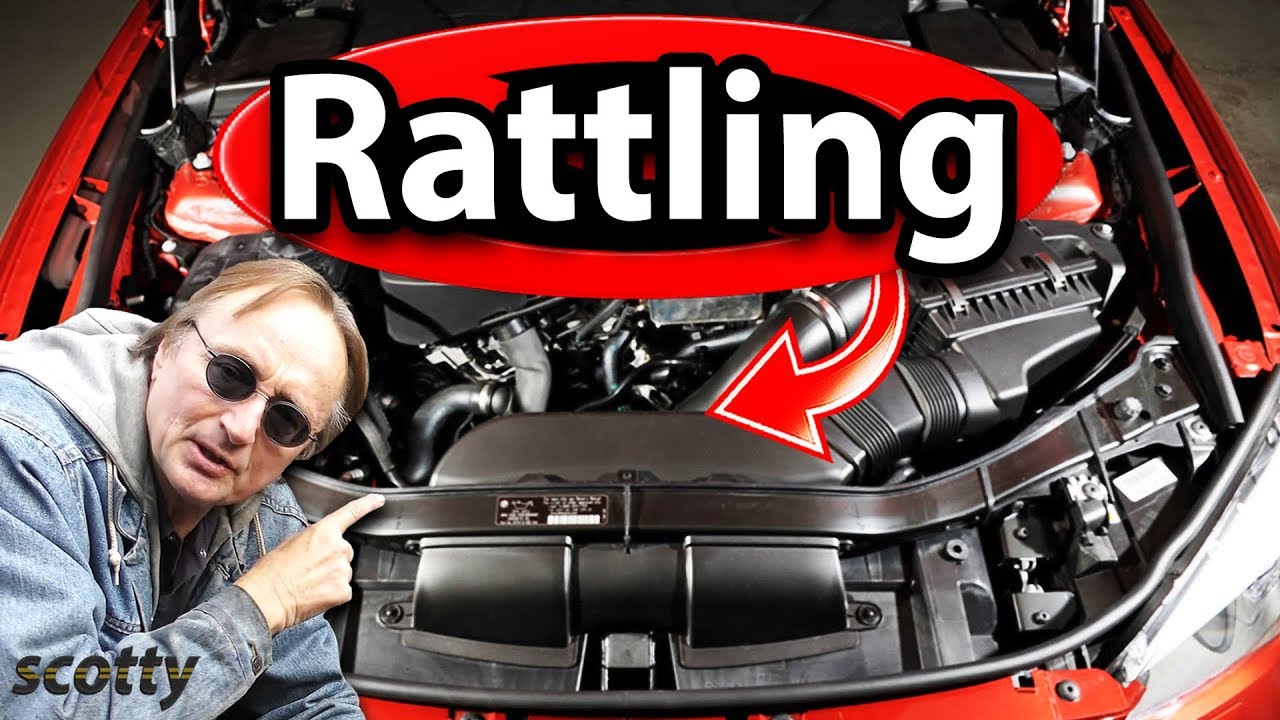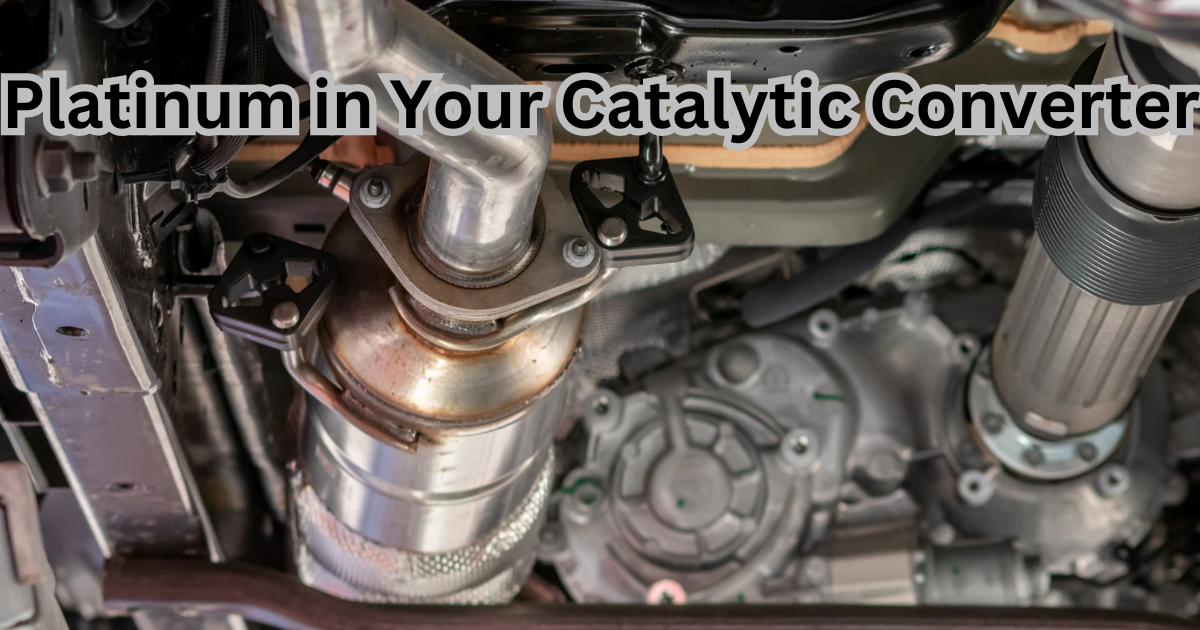Catalytic converters are a crucial component of a car’s exhaust system. They help minimize toxic gas emissions from the engine, making them vital for the environment and public health. With the increasing rate of catalytic converter theft, many are curious about what’s inside these devices. This article will explore the metals inside a catalytic converter and answer some frequently asked questions.
What Metals are Inside a Catalytic Converter?
The three most common metals found inside a catalytic converter are palladium, rhodium, and platinum. These metals act as catalysts, reducing exhaust fumes, hydrocarbons, and other chemicals emitted from the exhaust, thereby reducing air pollution. While other metals like nickel, iron, copper, magnesium, and cerium can be found in cats, they are not regularly used due to their low heat resistance and durability.
Why are Palladium and Platinum Commonly Used?
Palladium and platinum are the most commonly used metals in catalytic converters today. They are less costly than rhodium yet very effective in reducing harmful emissions. Platinum is used for cats in hybrid and diesel engines, while palladium is used in petrol vehicles. Over time, these metals can get coated, reducing their effectiveness, and may require cleaning or replacement.
Conclusion
Catalytic converters are valuable devices that contain precious metals like palladium, platinum, and rhodium. These metals act as catalysts, reducing harmful emissions from the engine. Due to their value, catalytic converters are often targeted by thieves. It’s essential to take preventive measures like installing anti-theft devices and parking in safe areas to protect your cat. Additionally, comprehensive auto insurance can cover catalytic converter theft, providing peace of mind for car owners.
Frequently Asked Questions
- What makes catalytic converters valuable?
Catalytic converters contain precious metals like palladium, platinum, and rhodium, making them valuable. An ounce of rhodium can sell for $18,000-$20,000, palladium for $2,200, and platinum for $800-$900. - How much is a stolen catalytic converter worth?
The scrap value of a stolen catalytic converter can range from $300-$1500, depending on the quality and amount of precious metal used. - How much precious metal is in a catalytic converter?
The amount of precious metals in a catalytic converter varies depending on the size, quality, and vehicle type. On average, a cat contains 3-5 grams of platinum, 2-7 grams of palladium, and 1-2 grams of rhodium. - Does insurance cover a stolen catalytic converter?
Comprehensive auto insurance covers catalytic converter theft. The insurance company will pay to replace the stolen cat and cover any damage incurred during removal. - What cars are the hardest to steal a catalytic converter?
Cars with lower ground clearance and cats using less precious metal are harder to steal. These cars include Chrysler, Chev, Ford, Jeep, Dodge, Nissan, Subaru, Hyundai, and Mazda. Electric cars and vehicles built before 1974 do not have catalytic converters, making them impossible to steal. - What cars are the easiest to steal a catalytic converter from?
Regular cars like Accord, Prius, Tacoma, and Lexus SUV are the most targeted by cat thieves. Cars with high ground clearance are also easier to steal from.





